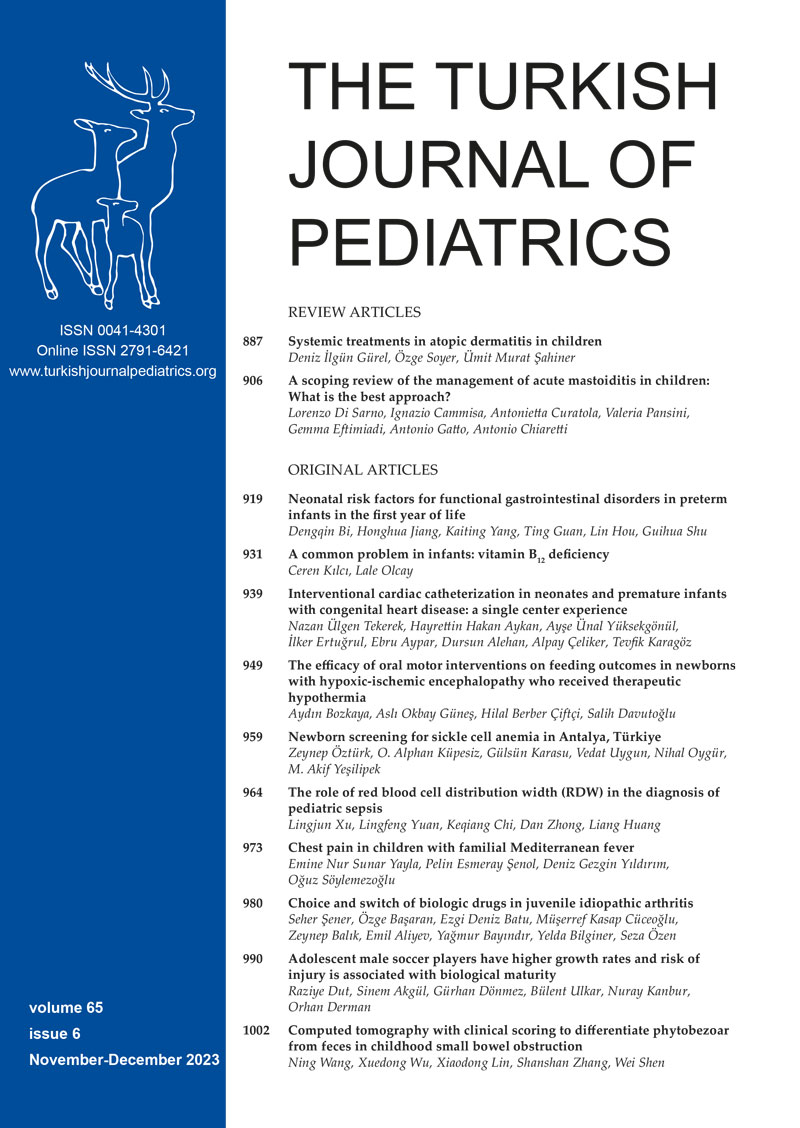Abstract
Background. In this study, we aimed to evaluate choices and changes of biologic drugs in juvenile idiopathic arthritis (JIA) patients according to disease subtypes.
Methods. We retrospectively analyzed JIA patients who received biologic treatment between January 2004 and July 2022.
Results. Of 294 JIA patients, 80 (27.2%) had systemic JIA, 68 (23.1%) had oligoarticular JIA, 61 (20.7%) had polyarticular JIA, 79 (26.9%) had enthesitis-associated arthritis (ERA), and six (2.1%) had psoriatic arthritis (PsA). Anakinra (n=66, 82.5%) was the most commonly preferred first line biologic in systemic JIA. Etanercept was the most frequently used biologic drug in patients with ERA (n=69, 87.3%), oligoarticular (n=37, 54.4%) and polyarticular JIA (n=43, 70.5%). Adalimumab was used as a first-line biologic drug in all PsA patients (n=6, 100%). One hundred-fourteen patients (38.8%) were switched to second-line and 29 (9.9%) to third-line biologic drugs. While the most common reason for switching to a second-line biologic was difficulty in usage of daily injections (n=37, 60.6%) in systemic JIA patients, it was an inadequate response to first biologics in non-systemic JIA patients (n=42, 79.2%). Side effects were detected in only seven patients (2.4%) during the follow-up.
Conclusion. In this study, we revealed the biologic drug usage and switch strategies in our JIA patients. Good responses were obtained in most of our patients with a reliable profile. However, studies on larger patient groups are needed to clarify these results.
Keywords: adalimumab, anakinra, etanercept, juvenile idiopathic arthritis
Copyright and license
Copyright © 2023 The Author(s). This is an open access article distributed under the Creative Commons Attribution License (CC BY), which permits unrestricted use, distribution, and reproduction in any medium or format, provided the original work is properly cited.














